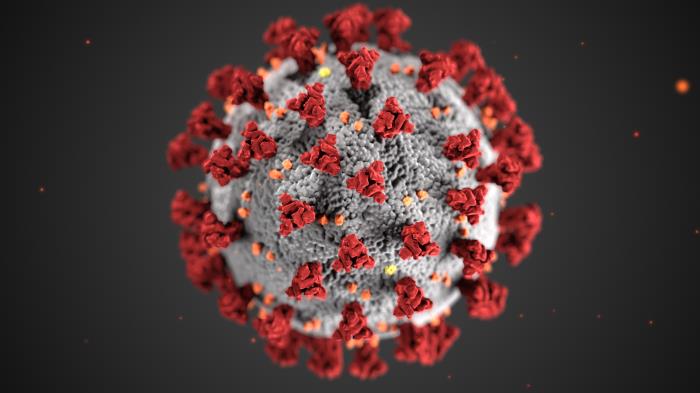Newsletter
As the coronavirus pandemic continues through 2020, many are looking for tools they can use to protect building occupants. One such tool is ventilation (both manual and mechanical ventilation) since most buildings already have this tool at their disposal.
So, how will increasing ventilation through an HVAC system or operable windows help stop COVID-19? Why are we so concerned about recirculated air? We are going to address these concerns below.
How Ventilation Prevents the Spread of COVID-19
SARS-CoV-2, the virus behind the COVID-19 infection, spreads through contact-based pathways and respiratory droplets. As the pandemic progresses, airborne transmission seems more and more likely, as COVID-19 has proven to spread quite quickly.

Evidence supporting airborne transmission continued to grow since the beginning of the pandemic.
If SARS-CoV-2 is airborne, presymptomatic individuals in the building could be releasing viral particles into the air as they talk, cough, or sneeze. These particles remain in the air for hours at a time, which can make recirculated air potentially dangerous. Protecting against this form of transmission will help address the “worst-case scenario” of an airborne virus without compromising the mitigation framework in place for droplet-spread transmission.
Outdoor air is mostly free of aerosolized viral particles, so introducing outdoor air is a safer option than recirculated air indoors. Likewise, boosting the ventilation of fresh air will help reduce the presence of indoor air pollutants, which can be produced by disinfectants and cleaners. Thus, increased ventilation of outdoor air, alongside stricter air filtration and UVGI, is beneficial for stopping COVID-19.
Of course, ventilation alone will not stop the virus; HVAC system strategies should be considered supplemental to primary tools like social distancing, disinfecting, and mask-wearing. That said, what are some ways to use an existing ventilation system to ward off COVID-19?
Ventilation Action Items for COVID-19 Reopening
Both before and during reopening, these are some concrete steps offered by organizations like ASHRAE to utilize indoor climate control to the greatest advantage.
- Inspect and assess your current ventilation system - Before we can make progress toward a healthier interior, we need to know what we’re working with. Use an inspection (under safe, healthy conditions for the inspector) of your HVAC equipment to uncover any necessary maintenance.
- Maximize outdoor air ventilation - For Variable Air Volume (VAV) systems, close return air dampers and open outdoor air dampers to 100%, or the maximum setting for your HVAC system, while maintaining acceptable indoor conditions.
- Monitor indoor relative humidity and dry-bulb temperature - Both relative humidity and temperature have been linked to human comfort and viral transmission. Monitoring these critical factors will ensure that viral transmission is minimized.
- Add portable air purifiers when necessary - In areas where ventilation may be lacking, utilize portable air purifiers to help reduce COVID-19 transmission.
- Implement flush-outs - Before and after occupancy each day, maximize the ventilation of outdoor air for about two hours to clear out any left over coronavirus droplets or particles.
- Use operable windows - When outdoor conditions permit (i.e., ambient air quality is safe, the temperature is mild, etc.), use operable windows to further ventilate the building.
These steps, alongside other best practices like social distancing, can help you form a comprehensive pandemic response plan, demonstrating that you value the health and safety of clients and building occupants.
For more strategies for busting COVID-19, we recommend checking out our article below:
Kaiterra provides air quality monitors and an IAQ analytics dashboard for healthy buildings and offices, helping workplace leaders and healthy building pioneers assess and improve their indoor air quality. Our indoor air quality monitors like the Sensedge and the Sensedge Mini can be found in many of the world’s most iconic buildings and workplaces, such as the Empire State Building and the Burj Khalifa.






.png?width=200&height=148&name=Menu%20C%20(2).png)

.png)





